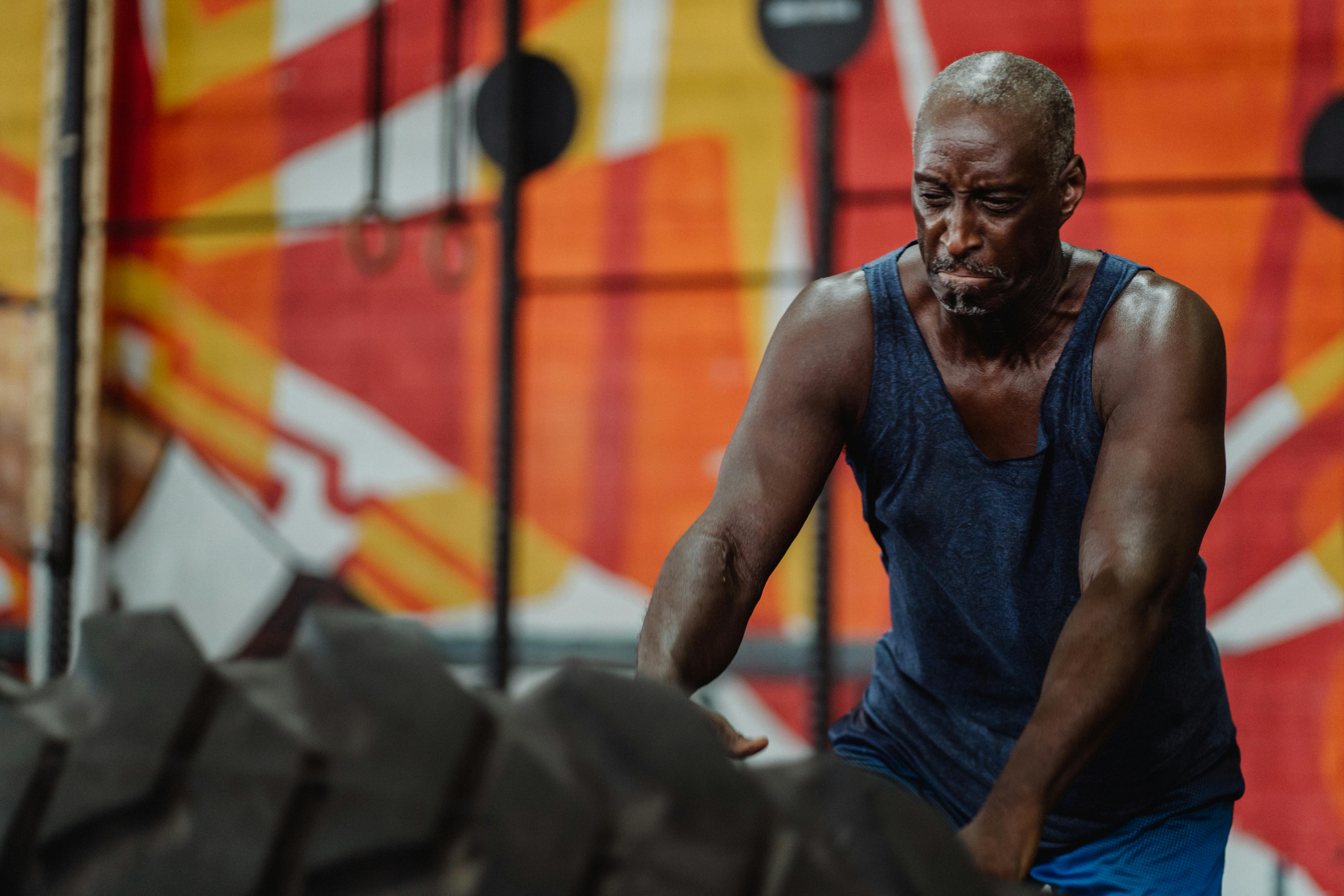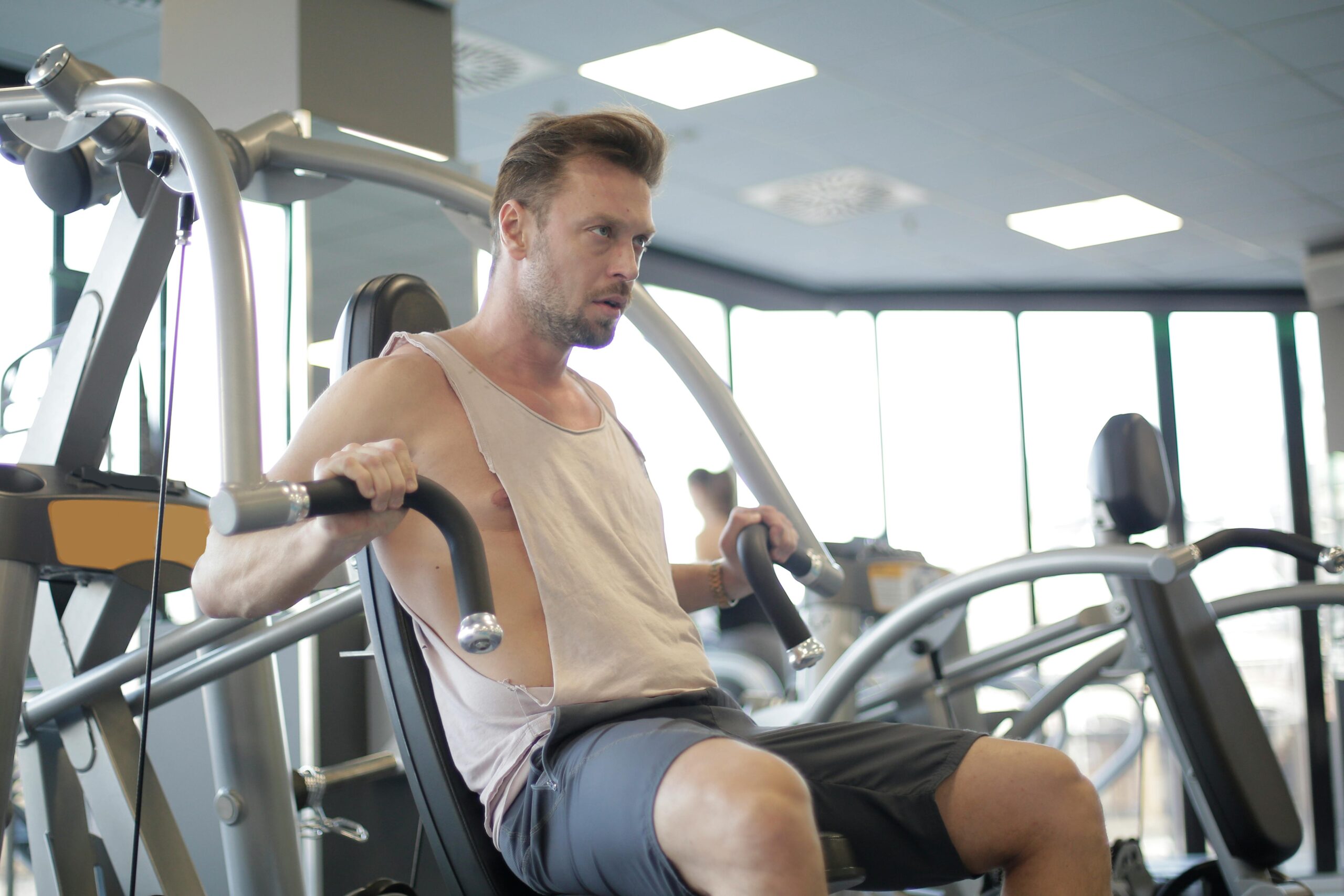Effective Push Pull Training Plan for Beginners: Discover Proven Methods for Building Muscle in 2025
In the evolving world of fitness, the Push Pull training method stands out as a highly effective way to build muscle and strength for beginners. This balanced approach allows for the targeted development of different muscle groups while promoting recovery and enhancing overall performance. Understanding the basic principles behind a Push Pull Trainingsplan is essential for anyone looking to embark on their fitness journey. By dividing workouts into push and pull days, beginners can maximize their training efficiency, reduce injury risks, and steadily progress toward their muscle-building goals.
This article will guide you through an effective Push Pull Training Plan tailored for beginners, covering the fundamental principles of Krafttraining and Muskelaufbau. You’ll learn how to create a balanced training schedule, incorporate essential exercises for the upper and lower body, and track progress effectively. Additionally, we will explore nutrition tips to support your training efforts, optimizing your protein intake, and addressing common beginner challenges in fitness.

Understanding the Push Pull Training Split for Beginners
Building on the fundamentals, the Push Pull training split divides workouts into two distinct categories: push days, which focus on exercises that involve pushing movements (like bench presses and shoulder presses), and pull days, which concentrate on pulling movements (such as rows and pull-ups). This structure allows for targeted muscle engagement, ensuring that muscle groups receive adequate work and recovery time.
Benefits of the Push Pull Training Method
The Push Pull split offers numerous benefits, especially for beginners. Firstly, it simplifies workout planning by categorizing movements, eliminating the chaos of targeting multiple muscle groups in one session. Secondly, it enhances recovery times, preventing fatigue and reducing the risk of overtraining. For those new to Krafttraining, adhering to this structured format can significantly improve effectiveness and results.
Furthermore, this method promotes balanced muscle development, which is crucial for preventing injuries that may arise from disproportionate strength imbalances. By focusing on push and pull techniques, beginners can cultivate not only muscle size (Hypertrophie) but also overall strength (Maximalkraft).
Key Components of a Push Pull Workout
When creating your Push Pull workout plan, it’s vital to include exercises that engage all major muscle groups. A typical push workout should target the chest, shoulders, and triceps, while pull workouts should focus on the back, biceps, and forearms. To enhance effectiveness, aim for compound movements that work multiple joints and muscle groups simultaneously.
In addition, consider the optimal Anzahl of Sätze (sets) and Wiederholungen (repetitions) to align with your training goals. A common breakdown for beginners is performing 3 to 4 sets of 8 to 12 repetitions for each exercise to promote muscle hypertrophy. Regularly monitoring your Fortschritt verfolgen helps to ensure that you stay on track and make necessary adjustments.
Warm-Up and Cool-Down Essentials
Every effective workout begins with a Warm-Up to prepare the body for physical activity and reduce the risk of injury. Incorporate dynamic stretches and light cardio for about 5-10 minutes before diving into your Push Pull workout. Similarly, integrating a proper Cool-Down phase, featuring static stretches, aids recovery and flexibility. Neglecting these phases can lead to unnecessary strain or injury, particularly for those just starting out.
Creating Your Push Pull Training Schedule
With these basics established, it’s time to craft a practical training schedule. A recommended approach is to alternate between push and pull workouts throughout the week. For beginners, aiming for three to four training sessions weekly strikes a balance between muscle activation and recovery.
Sample Weekly Training Plan
Here’s a simple example of a beginner-friendly Push Pull training schedule:
- Monday: Push Workout (Chest, Shoulders, Triceps)
- Tuesday: Pull Workout (Back, Biceps)
- Wednesday: Rest Day
- Thursday: Push Workout
- Friday: Pull Workout
- Saturday: Optional Light Cardio or Active Recovery
- Sunday: Rest Day
This schedule promotes consistency while allowing sufficient Regeneration time between intense workouts. Adjust workouts according to your training frequency preferences (Trainingsfrequenz) and recover sufficiently to avoid injury.
Tracking Your Progress and Adapting Your Program
Using a Trainingsprotokoll (training log) to document workouts and track advancements is crucial for any beginner. This strategy helps in observing fitness evolution over time and making adjustments tailored to your individual fitness level (Fitnesslevel). Keep track of your weights, reps, and overall performance to identify areas of strength and those needing improvement.

Essential Exercises for Push Pull Training
Incorporating a variety of exercises specific to push and pull movements can keep workouts exciting and effective. Each exercise targets different muscle groups, contributing to a balanced fitness regimen.
Top Upper Body Push Exercises
Common push exercises include:
- Bench Press: A major compound movement to work the chest, shoulders, and triceps.
- Overhead Shoulder Press: Focuses on deltoids and triceps, promoting shoulder stability.
- Dumbbell Tricep Extensions: Isolates and strengthens the triceps effectively.
Effective Pull Exercises for Upper Body
For pull workouts, consider incorporating:
- Pull-Ups or Lat Pulldowns: Excellent for developing upper back and bicep strength.
- Barbell Rows: Targets the lats and middle back for enhanced muscular definition.
- Face Pulls: Essential for shoulder health and posture correction.
Key Lower Body Exercises
Don’t overlook the importance of lower body training. Key exercises include:
- Squats: Fundamental for building strength in quads, hamstrings, and glutes.
- Deadlifts: Excellent for overall back and leg strength.
- Calf Raises: Crucial for developing calf muscles.
Nutrition: Supporting Your Push Pull Progress
As you’re training and building your Krafttraining routine, nutrition plays a vital role in supporting your fitness journey. Ensuring adequate protein intake is essential for muscle recovery and growth.
Determining Your Proteinbedarf
Calculating your Proteinbedarf is crucial for effective muscle building. A general guideline for those engaging in muscle-building exercises is to consume approximately 1.6-2.2 grams of protein per kilogram of body weight daily. This supports optimal muscle recovery and enables consistent Fortschritte in your training.
Importance of Pre- and Post-Workout Nutrition
Pay attention to your Pre-Workout and Post-Workout meals. Having a balanced meal rich in carbohydrates and protein, ideally consumed 1-2 hours before workouts, fuels your exercise performance. Conversely, a protein-rich snack or meal post-workout ensures muscle recovery and replenishment.
Hydration Strategies for Maximum Performance
In conjunction with your nutrition, maintaining proper hydration levels is vital. Wateraufnahme should be a consistent part of your training regimen, as adequate hydration supports overall performance and recovery. Keeping track of your liquid intake can enhance your training efficiency significantly.
Overcoming Common Beginner Challenges
For beginners, the path to fitness can come with various challenges. Acknowledging these and strategizing real solutions is vital for long-term success.
Motivation im Training
Staying motivated can be tough, especially in the early phases of a fitness journey. Set realistic short-term goals as milestones that pave the way towards your long-term aspirations (Langzeitziele). Consider partnering up with friends for accountability or joining a fitness community to stay engaged and inspired.
Injury Prevention Techniques
As you progress, be vigilant about maintaining proper Körperhaltung (posture) and executing exercises with correct form. This plays a critical role in Verletzungsprävention and reducing the risk of injuries. Don’t hesitate to consult with a Personal Trainer or professional for guidance on technique.
Establishing a Regular Routine
Creating consistent workout habits (Trainingskontinuität) helps build a strong foundation for your fitness journey. Set aside specific workout times each week, treating them as essential appointments. This commitment ensures continued progress, keeping you on track with your fitness goals.
Final Thoughts on Your Push Pull Journey
Embarking on a Push Pull muscle-building journey as a beginner can be both exciting and rewarding. By establishing a structured approach to your workout routine, focusing on essential nutritional guidelines, and addressing common challenges, you will set yourself up for success in your fitness endeavors.
Explore additional topics and resources on fitness to enhance your training knowledge and experience: Fitness Insights and Nutrition for Optimal Performance.
